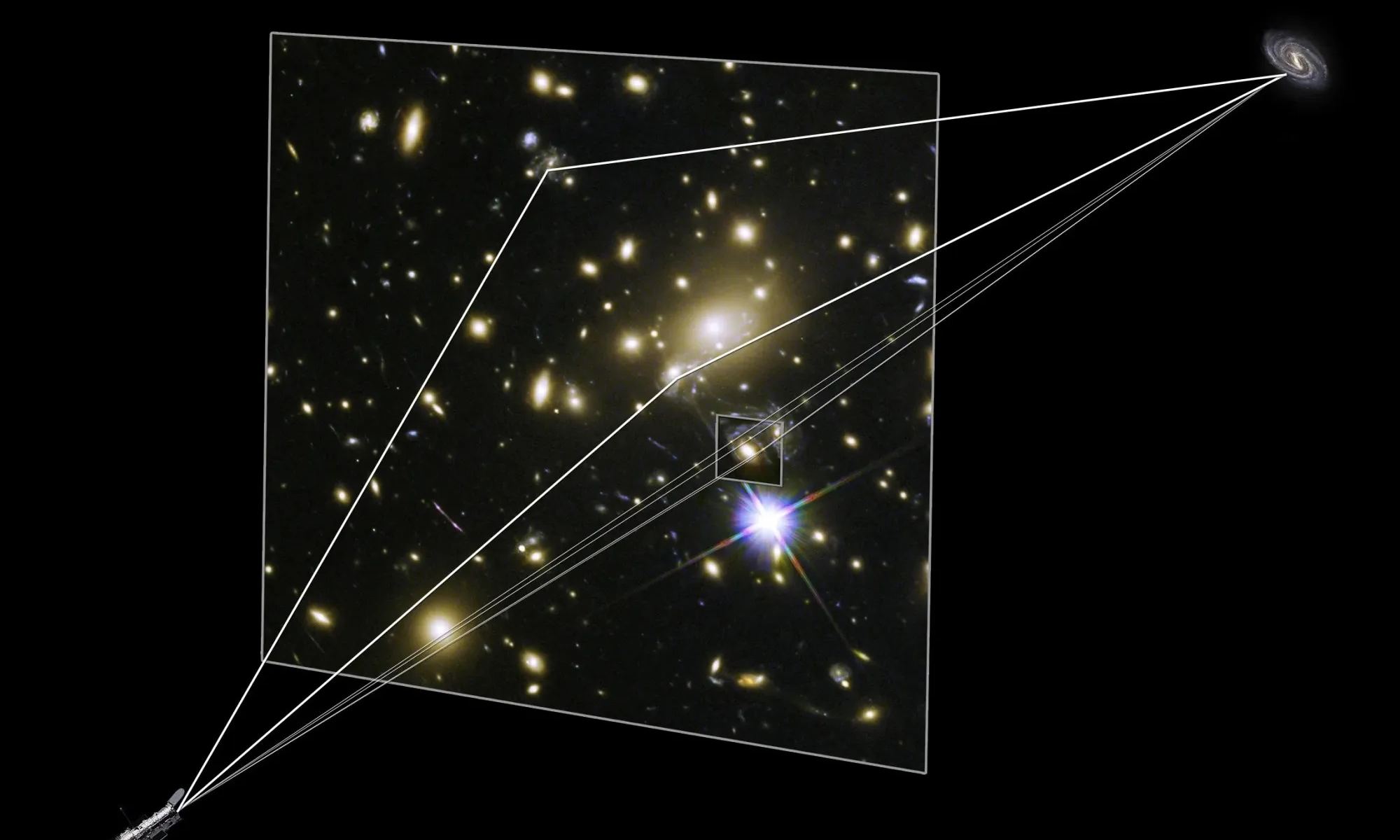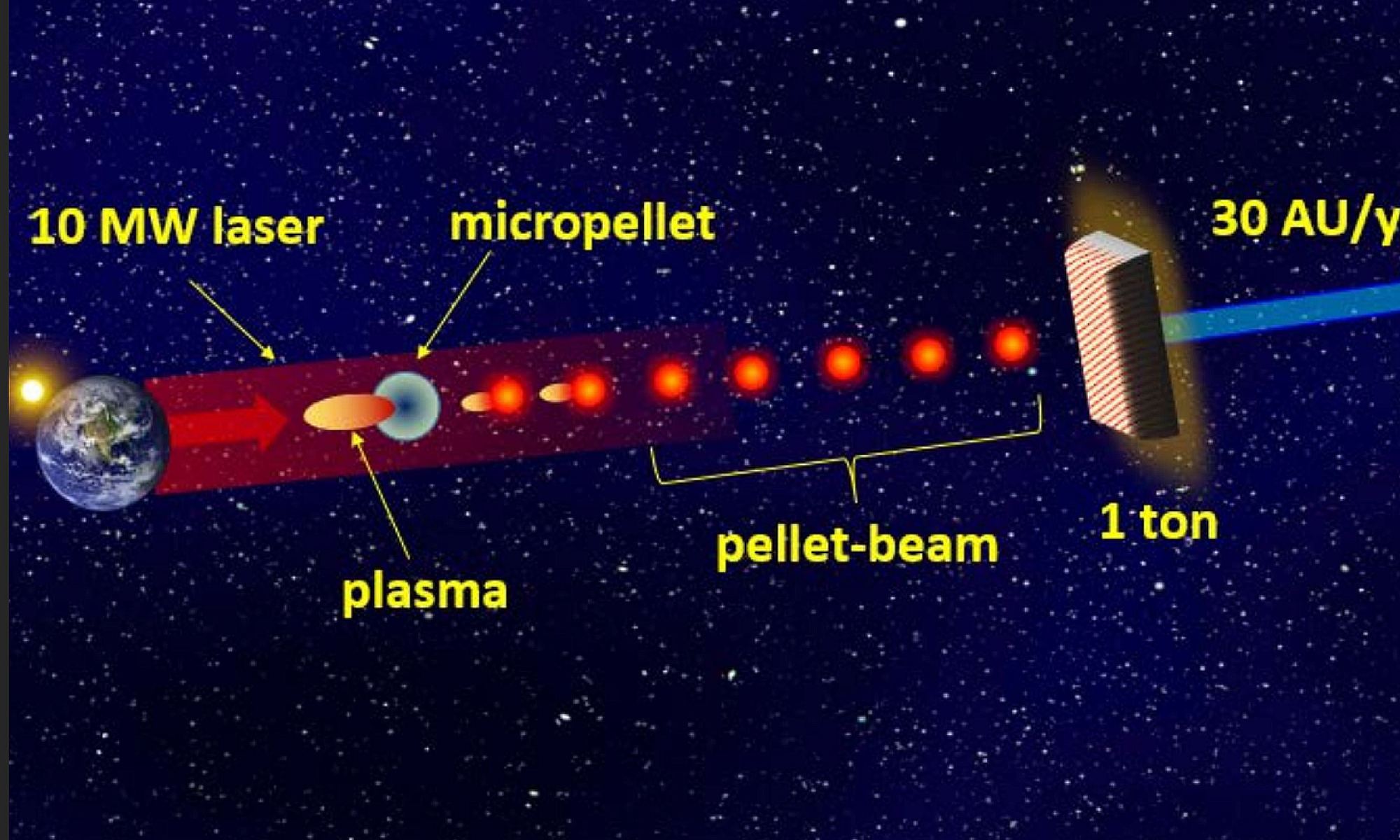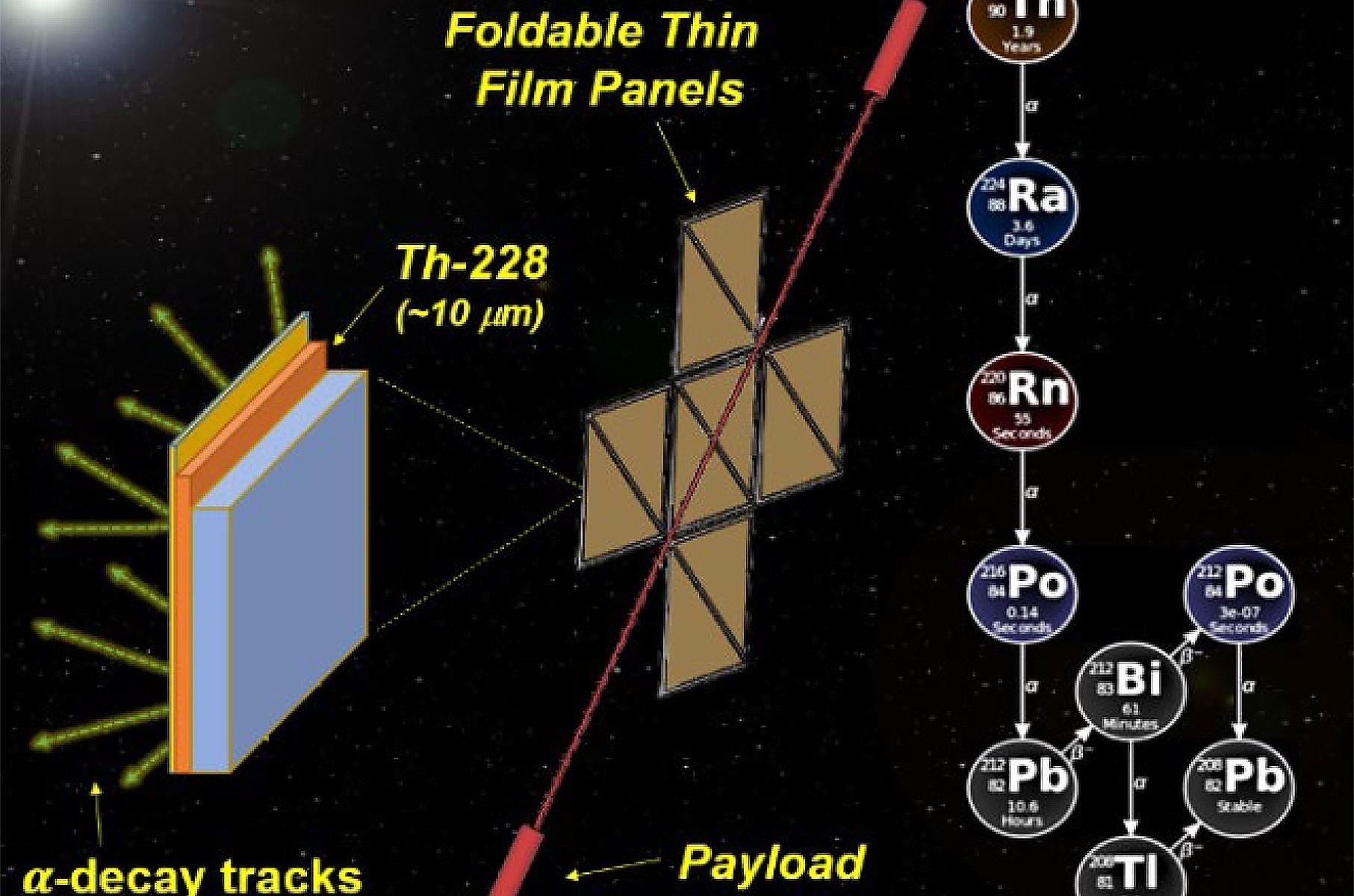Sending an object to another star is still the stuff of science fiction. But some concrete missions could get us at least part way there. These “interstellar precursor missions” include a trip to the Solar Gravitational Lens point at 550 AU from the Sun – farther than any artificial object has ever been, including Voyager. To get there, we’ll need plenty of new technologies, and a recent paper presented at the 75th International Astronautical Congress in Milan this month looks at one of those potential technologies – electric propulsion systems, otherwise known as ion drives.
Continue reading “Ion Engines Could Take Us to the Solar Gravitational Lens in Less Than 13 Years”NASA Invests in New Nuclear Rocket Concept for the Future of Space Exploration and Astrophysics
In the coming years, NASA plans to send several astrobiology missions to Venus and Mars to search for evidence of extraterrestrial life. These will occur alongside crewed missions to the Moon (for the first time since the Apollo Era) and the first crewed missions to Mars. Beyond the inner Solar System, there are ambitious plans to send robotic missions to Europa, Titan, and other “Ocean Worlds” that could host exotic life. To accomplish these objectives, NASA is investing in some interesting new technologies through the NASA Innovative Advanced Concepts (NIAC) program.
This year’s selection includes solar-powered aircraft, bioreactors, lightsails, hibernation technology, astrobiology experiments, and nuclear propulsion technology. This includes a concept for a Thin Film Isotope Nuclear Engine Rocket (TFINER), a proposal by senior technical staff member James Bickford and his colleagues at the Charles Stark Draper Laboratory – a Massachusetts-based independent technology developer. This proposal relies on the decay of radioactive isotopes to generate propulsion and was recently selected by the NIAC for Phase I development.
Continue reading “NASA Invests in New Nuclear Rocket Concept for the Future of Space Exploration and Astrophysics”Civilizations Could Use Gravitational Lenses to Transmit Power From Star to Star

In 1916, famed theoretical physicist Albert Einstein put the finishing touches on his Theory of General Relativity, a geometric theory for how gravity alters the curvature of spacetime. The revolutionary theory remains foundational to our models of how the Universe formed and evolved. One of the many things GR predicted was what is known as gravitational lenses, where objects with massive gravitational fields will distort and magnify light coming from more distant objects. Astronomers have used lenses to conduct deep-field observations and see farther into space.
In recent years, scientists like Claudio Maccone and Slava Turyshev have explored how using our Sun as a Solar Gravity Lens (SGL) could have tremendous applications for astronomy and the Search for Extratterstiral Intelligence (SETI). Two notable examples include studying exoplanets in extreme detail or creating an interstellar communication network (a “galactic internet”). In a recent paper, Turyshev proposes how advanced civilizations could use stellar gravitational lenses to transmit power from star to star – a possibility that could have significant implications in our search for technosignatures.
Continue reading “Civilizations Could Use Gravitational Lenses to Transmit Power From Star to Star”A Novel Propulsion System Would Hurl Hypervelocity Pellets at a Spacecraft to Speed it up

Today, multiple space agencies are investigating cutting-edge propulsion ideas that will allow for rapid transits to other bodies in the Solar System. These include NASA’s Nuclear-Thermal or Nuclear-Electric Propulsion (NTP/NEP) concepts that could enable transit times to Mars in 100 days (or even 45) and a nuclear-powered Chinese spacecraft that could explore Neptune and its largest moon, Triton. While these and other ideas could allow for interplanetary exploration, getting beyond the Solar System presents some major challenges.
As we explored in a previous article, it would take spacecraft using conventional propulsion anywhere from 19,000 to 81,000 years to reach even the nearest star, Proxima Centauri (4.25 light-years from Earth). To this end, engineers have been researching proposals for uncrewed spacecraft that rely on beams of directed energy (lasers) to accelerate light sails to a fraction of the speed of light. A new idea proposed by researchers from UCLA envisions a twist on the beam-sail idea: a pellet-beam concept that could accelerate a 1-ton spacecraft to the edge of the Solar System in less than 20 years.
Continue reading “A Novel Propulsion System Would Hurl Hypervelocity Pellets at a Spacecraft to Speed it up”

